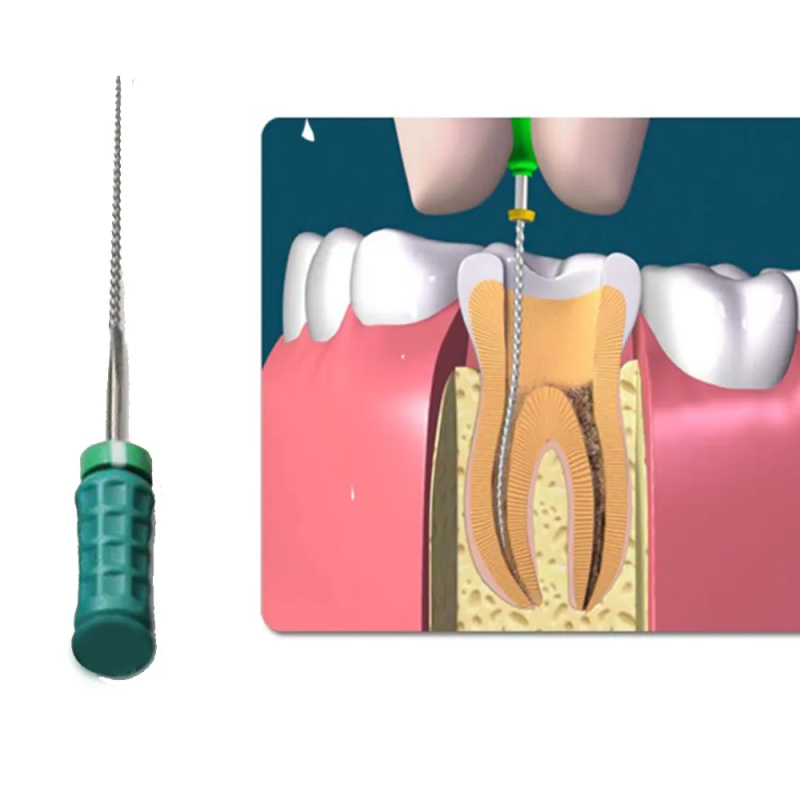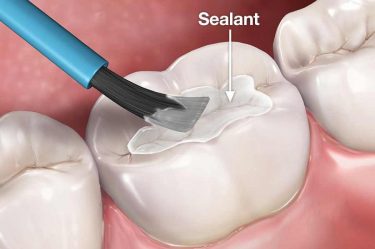K-files in Endodontics – Choosing the Right K-Files for Success

K-files in Endodontics – Choosing the Right K-Files for Success: K-files are essential instruments in endodontics, used for cleaning, shaping, and preparing root canals during root canal therapy. With various types, sizes, and materials available, selecting the appropriate K-files for your practice can be a daunting task. This blog post will provide a comprehensive guide to help you choose the right K-files for your endodontic needs, ensuring efficient and successful root canal treatments.
Understand the Different Types of K-Files
K-files come in different types, each designed for specific purposes during the root canal procedure. Some common types include:
Standard K-files: These are the most commonly used K-files, featuring a twisted design that provides excellent cutting efficiency and debris removal.
K-flex files: K-Flex Files have a unique rhomboid design and are more flexible than conventional “K” files of comparable size. This feature is enhanvced particularly in sizes #30 and above, which aids the negotiation of curved canals with minimal probability for ledging and perforation.
Reamer files: Reamer files are similar to K-files but have fewer twists per unit length, making them more flexible and suitable for curved canals.
Understanding the differences and applications of each type of rotary files will help you make an informed decision when selecting K-files for your practice.
Choose the Appropriate File Material
K files are available in different materials, with stainless steel and nickel-titanium being the most common rotary files. Stainless steel files are cost-effective and provide excellent cutting efficiency, but they can be less flexible, making them more prone to breakage in curved canals. Nickel-titanium files are more flexible and resistant to breakage, making them ideal for navigating curved canals. However, they tend to be more expensive than stainless steel files.

Consider the Taper and Tip Size
The taper and tip size of a K-file are crucial factors to consider when selecting the right file for a specific case. The taper refers to the gradual increase in the diameter of the file along its length, while the tip size indicates the diameter of the file at its tip.
Taper: K-files typically come in tapers ranging from 0.02 to 0.12. A larger taper provides more aggressive cutting action and faster canal shaping but can also remove more dentin, potentially weakening the tooth structure. Choose a taper that suits your clinical needs and preferences.
Tip size: K-files are available in a wide range of tip sizes, denoted by ISO color-coding. Smaller tip sizes (e.g., size 6, 8, or 10) are suitable for initial canal exploration and negotiation, while larger sizes (e.g., 20, 25, or 30) are used for canal shaping and cleaning. Select a range of tip sizes to accommodate various canal anatomies and clinical scenarios.
Best K files for Root Canal Treatments
K-files for root canal treatments are typically determined by a combination of factors like material, flexibility, cutting efficiency, and durability. Based on your list and general industry standards, here are some of the top options:
Mani K-Files 21mm
- Dentsply M-Access K-Files 21mm (Hand Operated)
- Woodpecker Endo Plus Heat Treated Gold Rotary Files
- SuperEndo Gold-Flex Rotary Files
- Endo Excellence Nano Gold Rotary Files – 21mm
- Waldent Wal-flex S-Blue Rotary Files 21mm
- Dentsply Protaper Gold Rotary Files 21mm
- Dentsply WaveOne Gold Rotary Files Assorted
- NeoEndo S Rotary Files 25mm
- Waldent Flexiwave Reciprocating Files (21mm)
Evaluate the Handle Design
Ergonomics and ease of use are essential when choosing K-files in Endodontics. Look for files with comfortable handles that provide a secure grip and tactile feedback during use. Many K-files come with color-coded handles that correspond to the ISO tip size, making it easier to identify and select the appropriate file during the procedure.
Consider Single-Use vs. Reusable Files
While K-files are traditionally reusable after sterilization, there is a growing trend toward single-use files to minimize the risk of cross-contamination and file fatigue. Single-use files can save time and resources spent on cleaning and sterilization, but they may also be more costly in the long run. Determine whether single-use or reusable K-files best fit your practice’s needs and infection control protocols.
Conclusion
Selecting the right K-files for your endodontic practice is a critical step in ensuring successful root canal treatments. By considering factors such as file type, material, taper, tip size, handle etc.




No Comment